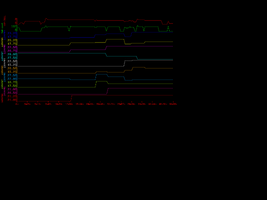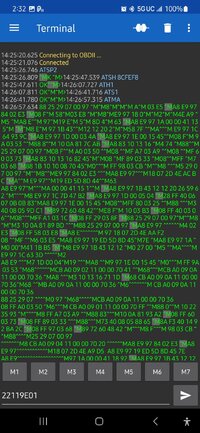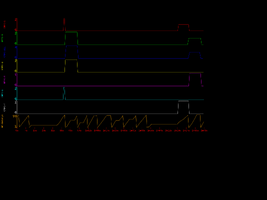But there are 2 other spreadsheet definitions that use this rather odd formula, for both PIDs $1145 and $1146:
Code:(A*.005)-0.068 volts
This morning when I saw this it looked like something I would do. The substitution of a reciprocal is something I sometimes do, and the offset looked familiar.
So today I spent a good deal of time exploring again. Here is where the offset came from.
With a 2003 P10 PCM on the bench and no O2 sensor in place (open circuit) a Tech 2 or Autel AP200 displays 447 mv steady. The data reported by service/mode 22, PID 1145 is $67 or 103 decimal.
The commonly seen equation of A/200 yields .515 volts. The difference between 515 and 447 is 0.068.
This was likely one of my earlier equation explorations. In general I try to duplicate what a scantool reports and while I like to know the details there are times I just get as close as I can to a scantool output.
So in an attempt to get to the bottom of this today I compiled a listing of all the possible PID values and their respective scantool readings in millivolts. All 255 of them. Even with the high and low lines from the 2003 P10 PCM shorted together there was no $00 reported, the lowest attainable value being $01 which the scantool reported as 4 millivolts.
Try as I might I could deduce no clearly explainable equation to reproduce the scantool output for all values. With a little tweaking of the most logical equation I have 1 value where I am off by 1 millivolt after rounding. I miss it by 2 microvolts. 254 values report the same as a scantool, 1 value misses by 1 millivolt.
A * 4.34027 = millivolts
Edit: FWIW I just evaluated @AmpOverload equation and it also misses just 1 value. Our missed values are not the same ones though.
Anyone interested in the raw hex vs millivolts data..
PID 1145.csv
 drive.google.com
drive.google.com
Last edited:








